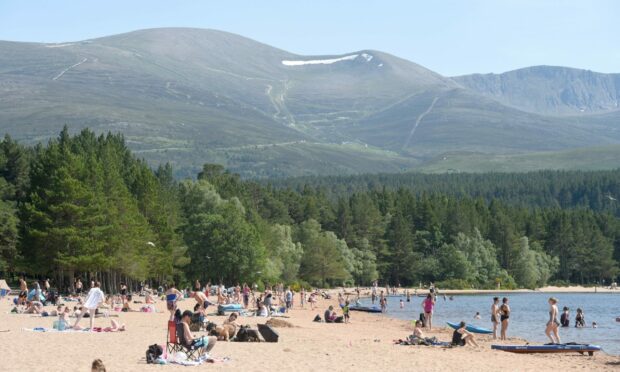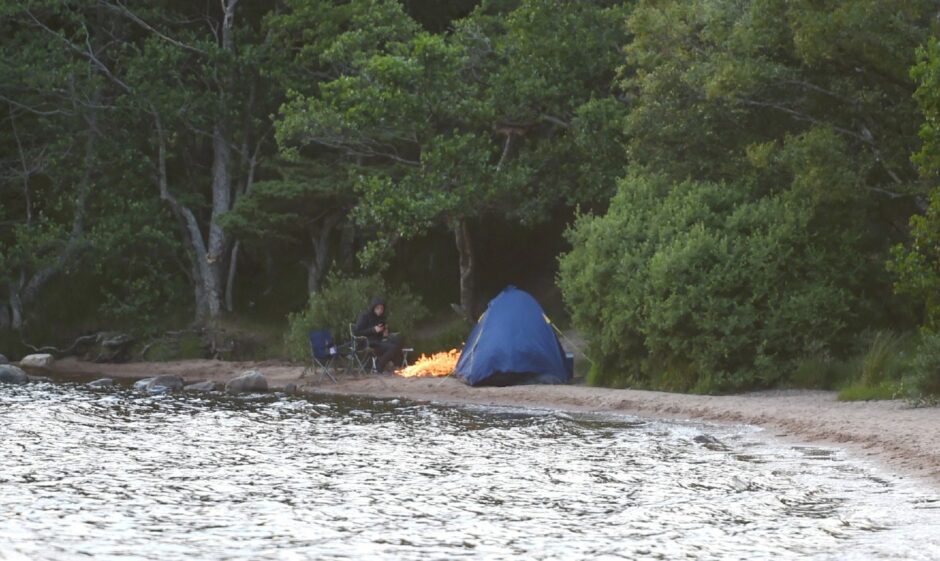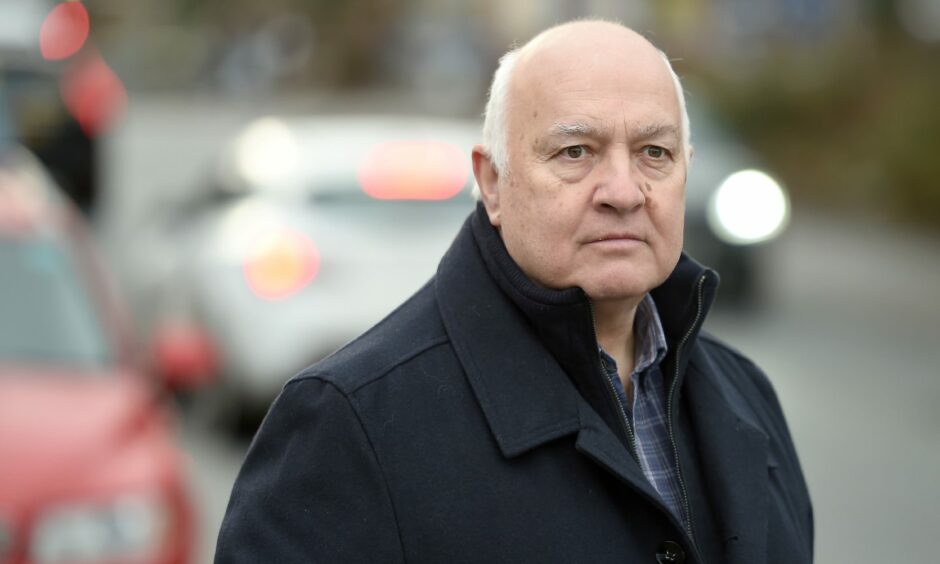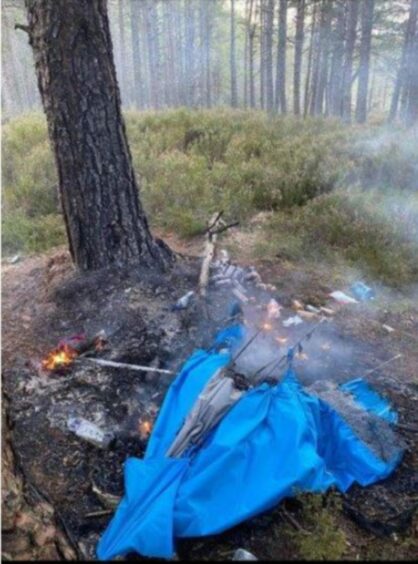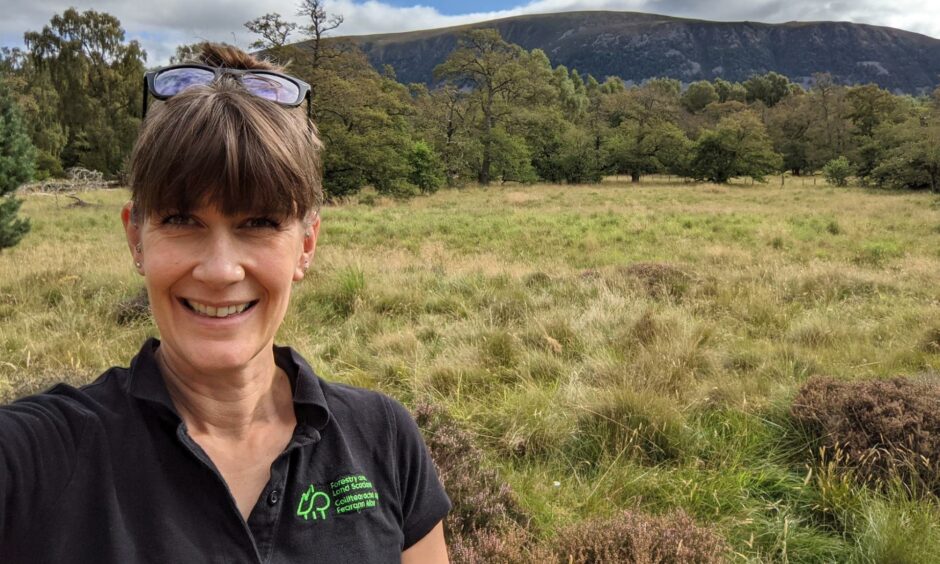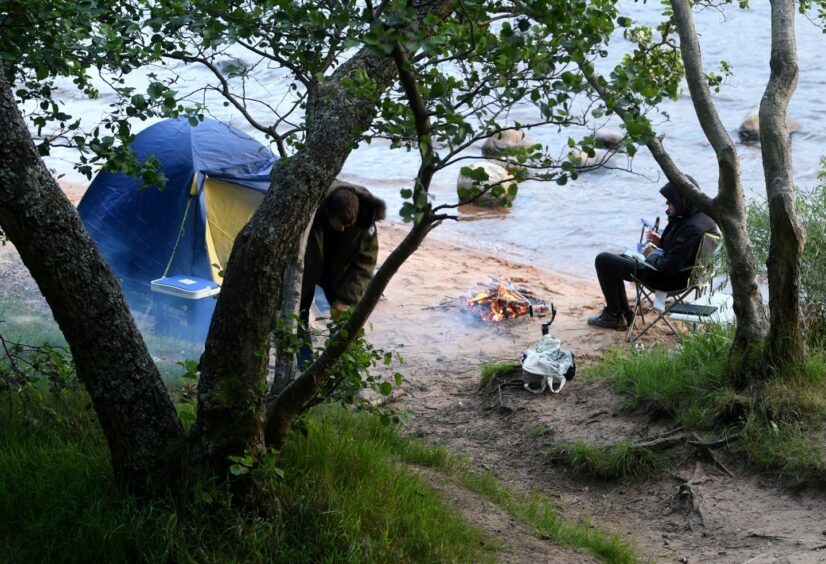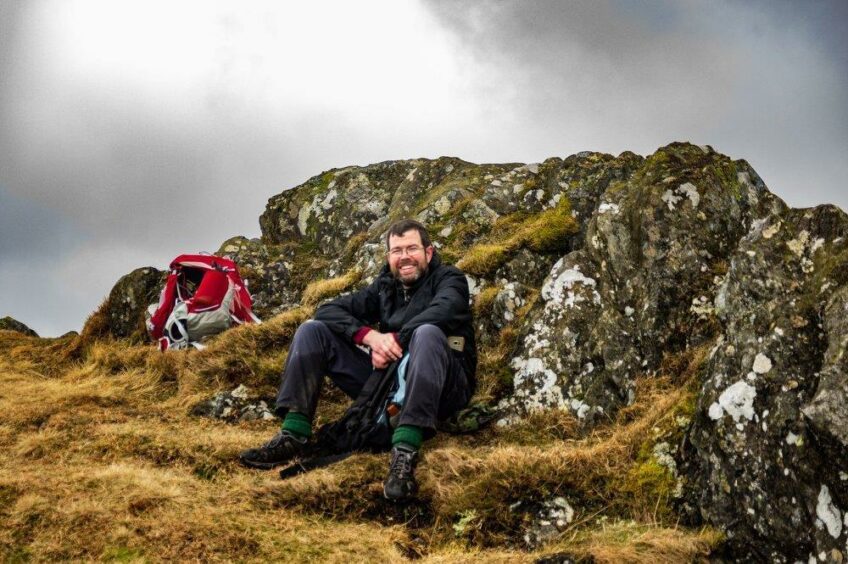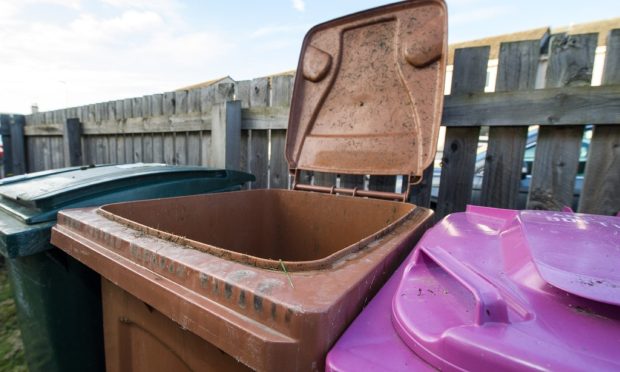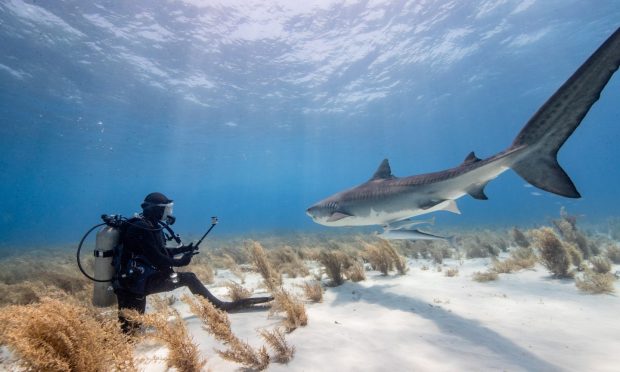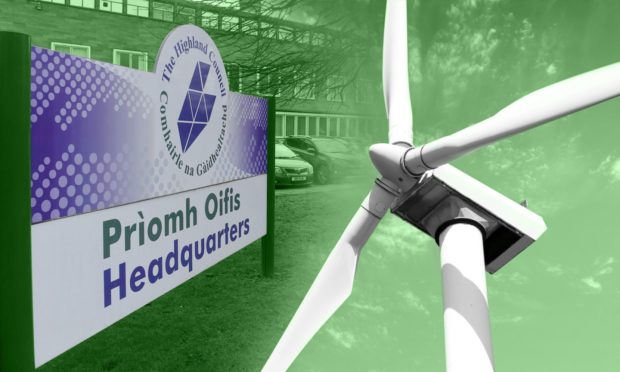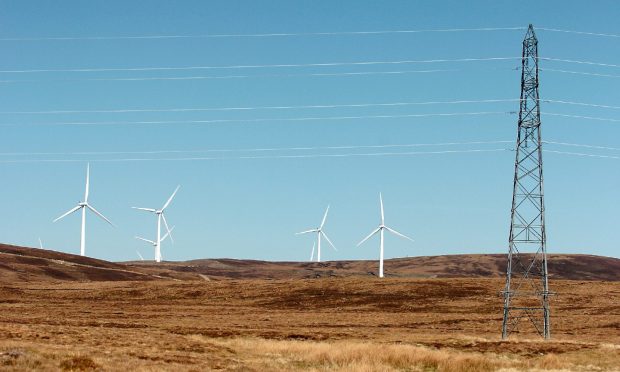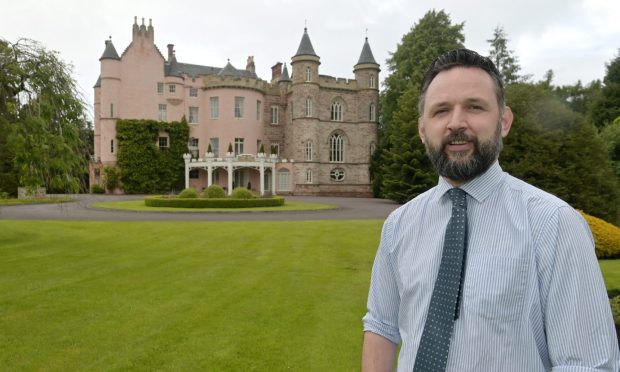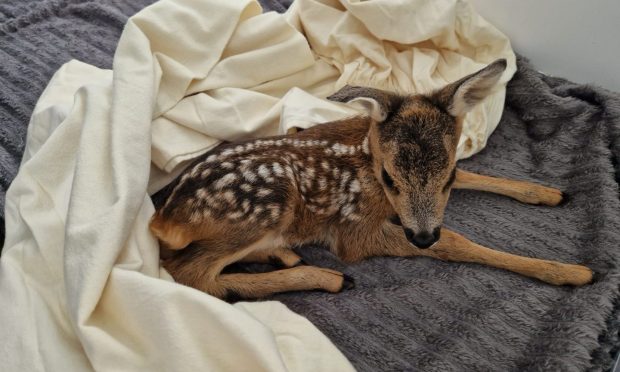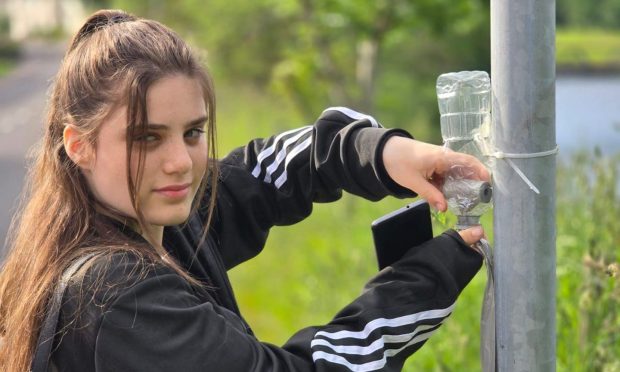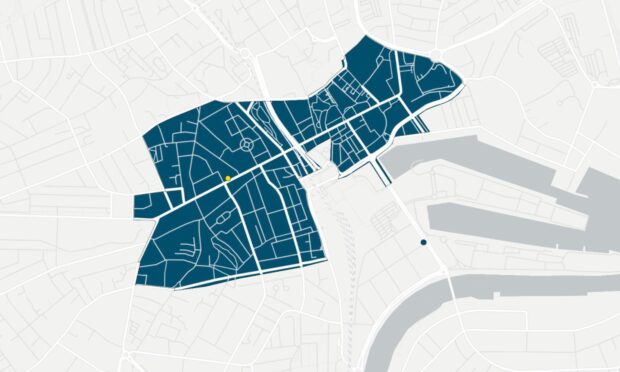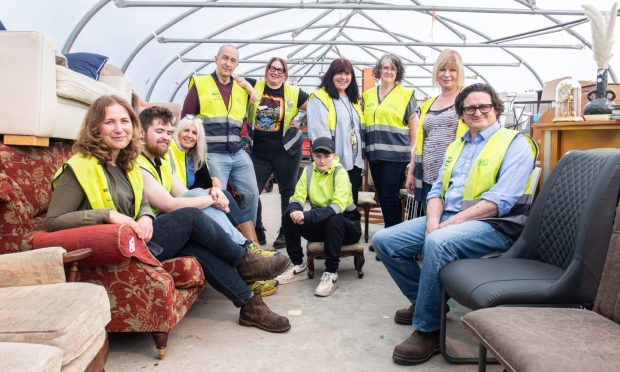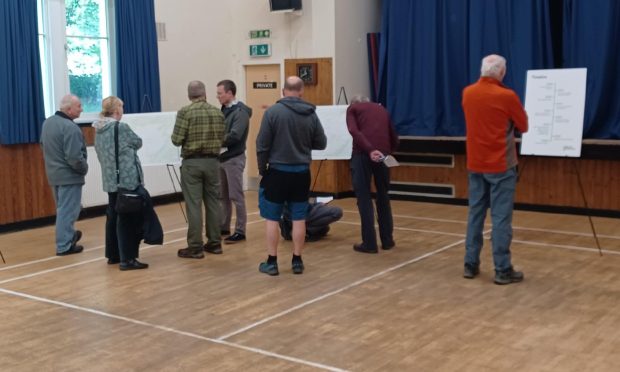A call has gone out for a byelaw banning overnight camping at Loch Morlich in the Cairngorms National Park.
Highland council convener Bill Lobban believes the controversial move would be justified to stop irresponsible campers from leaving their rubbish strewn all over the beauty spot.
The incumbent Independent who is in the running to keep his seat told his followers on Facebook “this cannot be allowed to continue”.
Loch Morlich, within the Glenmore area, is beset by complaints of people partying, starting fires, littering, and abandoning their tents and camping gear.
Mr Lobban says enough is enough.
‘I’m loath to suggest this…’
Sharing some shaky video footage on social media of an abandoned campsite with the camera closing in on a frying pan, bags of litter, and a mangled pink fold-up chair, he says: “Surely it’s time for a complete change in policy.”
He adds: “I’m loath to suggest this as I fully support the right of responsible access (this is not responsible access).
“Introduce a byelaw legally banning all overnight camping in the Glenmore area and back it up with a ban on overnight parking including in the FLS (Forestry and Land Scotland) carparks and by the roadside.
“Most importantly, enforce the bans!”
‘Ban the easily-accessible parts’
Mr Lobban said in his opinion, he would prefer for any ban to be focused on the “pretty much easily-accessible parts you can reach from the roadside” at Loch Morlich.
He added: “These people don’t tend to be hiking all the way from the train station to Glenmore, they arrive in their car.”
Rangers agree the vast majority of campers clean up after themselves, but too often the situation at Loch Morlich, which is situated near Aviemore, is grim.
‘We ask them to please use the toilet not the beach’
Countryside ranger Maree Morrison who with colleagues has to clear up Loch Morlich as part of her duties says she frequently engages with visitors and urges them act responsibly.
She said: “We ask them not to light fires because it’s unsafe for the area, we ask them to use the toilets instead of around the beach area and in the water – those are the things that we ask them to do.”
Asked for her opinion on the merits of a byelaw banning camping she feels it may not be the “one and only solution”.
She adds: “We want people to really benefit from unique rights that we have in the Outdoor Access Code but they have to be responsible – we want them to know that ultimately there are things that you should not be doing.”
The Land Reform Act of 2003, allows people to wild camp – free of charge – almost anywhere in the Scottish countryside, as long as they are responsible and leave no trace.
Examples of irresponsible would be starting fires in areas vulnerable to wildfire or not disposing of your waste responsibly.
Would a camping ban be feasible?
Malcolm Combe, author of The Scotways Guide to the Law of Access to Land in Scotland, says local authorities and national park authorities are empowered to make byelaws that can restrict, regulate or even prohibit the exercise of access rights.
He adds: “The best known example of byelaws targeting camping is at Loch Lomond and the Trossachs, where pressure of access was seen to be a particular issue.
“There is a process to be followed (including publication of the planned byelaws and consultation with relevant stakeholders), and assuming that process is indeed followed then anyone taking access to the area in question will need to abide by those rules.”
The Loch Lomond area has also faced problems due to irresponsible people abandoning campsites and leaving behind rubbish.
BBC News – More than 20 charged over Loch Lomond and Trossachs campinghttps://t.co/2hcTE9bfMD
— Chris Townsend (@townsendoutdoor) July 7, 2020
Mr Combe continued: “That scheme is now relatively well understood and publicised and a similar scheme could be implemented elsewhere, although invariably resources for enforcement would need to be considered.
“There is also the issue of whether byelaws in one area can simply shift problem behaviour to another spot.”
You may also like to read
- Seven major changes to protect nature in the Cairngorms
- Right to roam: ‘There’s no such thing as trespass’ and six other Scottish access myths busted
- Wild campers should be tamed, not banned
- Wildfire crews called out to blaze at Loch Morlich following warnings
